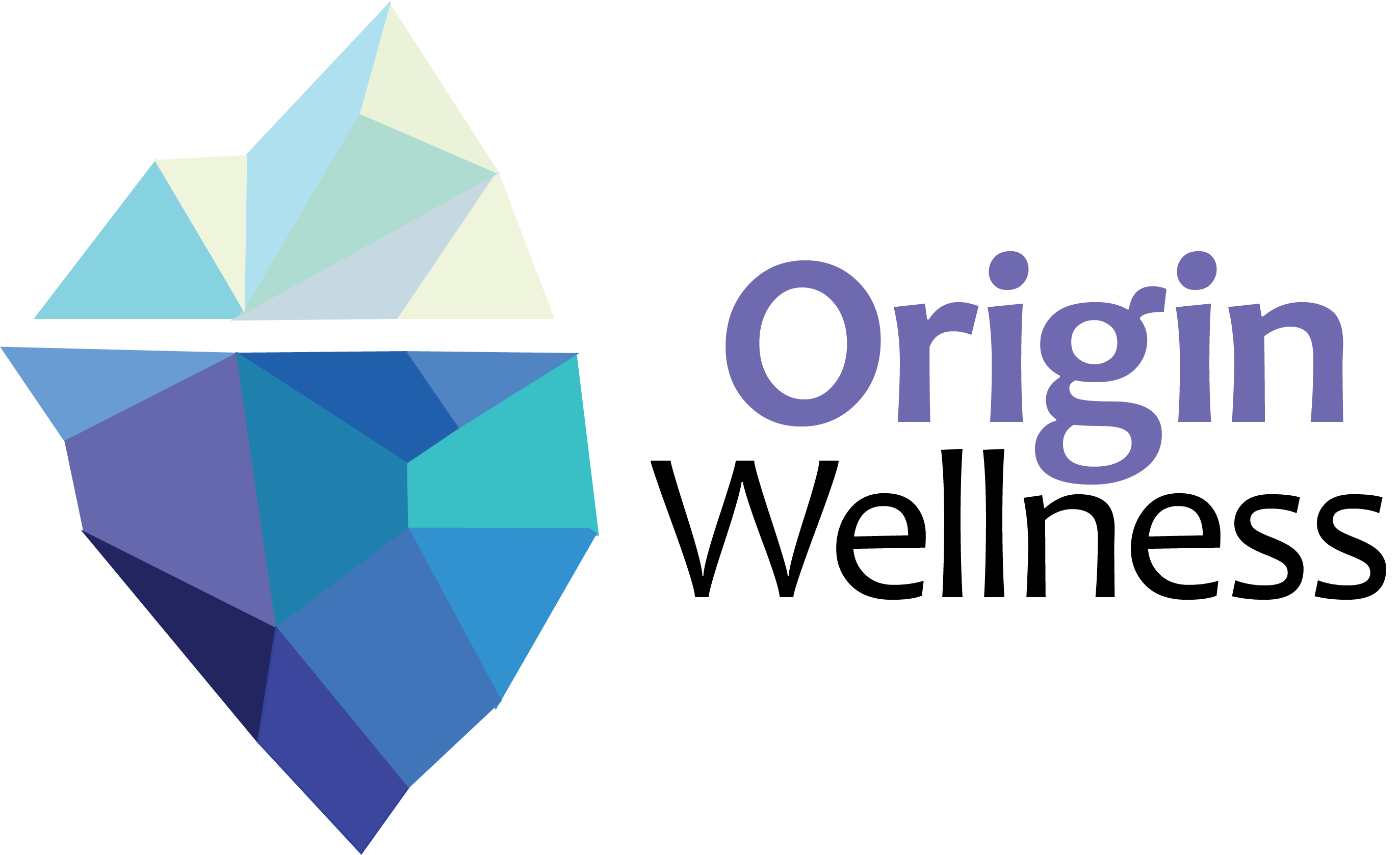
Safe & Sound Protocol (SSP) Frequently Asked Questions
- What is the SSP?
Check out the official site for a great overview here: https://www.whatisthessp.com/
The SSP is an innovative intervention designed to improve an individual’s social communication behaviors by reducing hearing sensitivities and improving the ability to process human speech. The SSP exercises the neural pathways associated with regulating behavioral state and social engagement. These are aspects of the Autonomic Nervous System (ANS). Just as the brain is plastic and can change based on experience, the ANS is also plastic. The SSP has been shown in peer-reviewed research to significantly increase vagal regulation of the heart – a vital component of ANS regulation. The vagus nerve is involved in the neural regulation of the face, head and viscera (organs). In mammals, the neural regulation of the autonomic state is integrated with the neural regulation of muscles involved with listening (middle ear) and vocalizing (larynx, pharynx).
From an evolutionary perspective, there are 3 neural circuits that form a response hierarchy. The newer circuit is social and reflects a well-regulated state that supports visceral organ homeostasis, as evidenced by good eye contact, relaxed facial expression, and prosody of voice. Individuals relying on this newer circuit respond well to human communication and are able to block out background noise to focus. The older circuits are associated with the flee (fight or flight) response or the freeze (shut down/collapse/pass out) response. Individuals relying on these circuits are more in-tune with lower frequency sounds (like background noise, which historically was needed in order to hear predators) and tend to be programmed to prioritize detecting danger from their environment.
When the middle ear muscles are inactive, lower frequency sounds like background noise are perceived much stronger than human voice. Patients are often easily startled and sensitive to background noise while having difficulty engaging in conversations, making eye contact, hearing people when there is background noise, or understanding the entire meaning behind certain phrases. The middle ear muscles are primarily fast-twitch and they fatigue easily. Illness, fever, and aging also reduce the function of the middle ear muscles.
When the middle ear muscles DO contract properly, the background noise can be dampened, the nervous system is less aroused or waiting to go into fight or flight/freeze mode, and the listener is better able to focus and perceive human speech (higher frequency sounds) properly.
Other potential benefits of improving vagus nerve tone include improvements in heart rate and blood pressure regulation, sweating, digestive function, facial expression, eye contact, voice intonations, memory and concentration, adrenaline rushes and adrenal dysfunction, understanding of human language and body language, ability to express oneself verbally or physically, insomnia, anxiety and depression, sensory stimulation to touch/sound/sight/taste, diversity of food choices, breathing, and much more.
Some bodies react to a history of trauma by going into a perpetual state of fight or flight, while others respond with a dissociative freeze response, where they are numb. This response is how the body helped them to survive historically, but it is no longer necessary or useful once the person is removed from the situation and is actually safe. Over time, either one of these dysfunctional states, while never a conscious choice, can contribute to chronic system-wide health issues.
The SSP is not about the particular content or back-story of trauma, but rather, it’s about honoring the body’s response. The body has done what it’s needed to do to survive, but the SSP enables patients to move into a state of “rest and digest” – a time for thriving, and not just surviving. The SSP is an invitation to help release healing and give the body the rest and the nervous system re-set that it deserves.
While virtually all patients who respond to this treatment have experienced some form of trauma (often considered minor or not even recognized by the patient), the SSP does not actively engage in conscious focus of trauma itself. How the body responds to trauma is never a choice, but this program is very distinct from psychotherapy in that trauma is address on a neural level without actually “treating” it overtly by re-living it. That being said, patients who have experienced severe trauma in the past ought to be working with a mental health professional alongside this treatment in order to see the best results. The SSP is a springboard for future growth, and not a standalone tool.
- Who is appropriate for this treatment?
Many types of clients benefit from the SSP. The majority of the research behind it has focused on individuals with autism spectrum disorders, but clinical improvements in many other conditions have been noted, such as
- Anxiety and depression
- PTSD, trauma histories
- Auditory hypersensitivities
- Dysautonomia/POTS
- Multiple chemical sensitivity
- Mast Cell Activation Disease
- Adrenal fatigue/dysfunction
- ME/CFS (myalgic encephalitis/chronic fatigue syndrome)
- Chiari malformation, intracranial pressure issues, and ECF leaks
- Mood dysregulation
- ADD and ADHD
- Motion sickness
- Misphonia (a strong reaction to certain sounds, such as dripping water, chewing, tapping)
- Auditory processing disorder
- Sensory processing disorder
- Emotional regulation difficulties
- What activities are appropriate while listening to the SSP?
Some patients relax with comfy pillows and blankets. Children and adults may use art therapy, coloring books, drawing, non-stressful simple board games, stress balls, puzzles, silly putty or play dough, or kinetic sand while listening. Children may also like to look at picture books or play quietly with blocks, bubble or other toys. Avoid electronic toys, loud activities such as instruments, competitive games, or overstimulating activities. Some patients find that essential oils infusion is calming during the experience, but only try this if it’s something you regularly use and know that you tolerate well.
- What types of environment is best for the treatment?
A calm and quiet environment is necessary for success with this treatment. Phones must be silenced and put across the room or outside of the room. Patients should wear comfortable clothing and the room should have a feeling of privacy and soft lighting. Remove as much background noise as possible, such as fans or air purifiers. Make sure the room is at a comfortable temperature. Have water nearby and consider a snack beforehand so you’re not hungry.
- What does the music sound like?
The playlists have recently expanded to 6-7 different music genre options. Clients select one music genre at the beginning (as opposed to bouncing around between them.) After each 5 hour segment of music, clients have the option to try out other playlists if they want to switch or try something different.
All playlists, regardless of whether they were designed for adults or children, include the exact same intervention.
To help decide which type (genre) of music you prefer, consider this short video:
There are 3 programs through Unyte-ILS: Connect, Core, and Balance. Each of these programs is 5 hours long. The Connect is the “warm-up” level that is optional. It does not contain filtered music but can be a helpful starting place, particularly for those who are nervous about the intervention or who are not accustomed to wearing headphones or listening to music. The Core is the foundational program, and the Balance is sort of like a maintenance program that is optional to do after the Core. The Core and the Balance deliver mid-range and high frequencies between 500-5,000 Hertz through the music.
The music will vary in volume slightly as it goes. When it gets quiet, keep listening, and it will eventually get louder. Do not adjust the volume on the device after you’ve started your session for the day. (You will be prompted to do a volume test track at the start of each listening session; after that, you will not adjust it.)
- Can I use my own over-the-ear headphones?
Yes, you can use headphones you may already have, as long as they ARE over the ear, NOT noise canceling, and ARE wired (not Bluetooth). There is no need to purchase special headphones from the company that makes the SSP at this time.
The SSP relies mostly on mid-to-high frequencies that are effectively delivered through inexpensive headphones.
This is what Unyte says about headphones:
https://support.unyte.com/
Examples of compatible headphones on Amazon:
- Can I exercise or sing while listening?
Physical exercise (even walking) is discouraged during the listening as it can shift the nervous system state. Patients should be sedentary/completely relaxed during the listening sessions.
However, it’s strongly encouraged that patients continue their exercise routine at another time during the day, without the music. Singing, use of wind instruments, and breathing exercises are also encouraged during the day, in times when you are not listening to the SSP music.
- What happens if I fall asleep during treatment?
If it’s short (like one song) you can continue the listening program for that day. It may be a good idea to repeat the entire session if you fell asleep for most of it.
- I have epilepsy. Can I try the program?
Individuals with a history of seizures must be on a medication to control the seizures and be seizure-free for one year prior to beginning the SSP.
- I had tubes put in my ears, or I use hearing aids. Can I try the program?
Yes. Individuals with these histories can use the headphones. Hearing aids may need to be taken out if the patient is getting frequent feedback issues. Cochlear implants should be left powered on with the headphone ear cup placed over the implant microphone as much as possible.
- I have a cold, sinus infection or ear infection. Can I still proceed?
It’s best to wait until all symptoms have resolved before starting the SSP after any type of illness.
- What symptoms can occur during the treatment?
The patient experience with the SSP tends to vary depending on the day/baseline stress level and dosage used. People tend to either feel neutral or some degree of euphoric. Beneficial sensory sensations (such as vision getting clearer) have occured within seconds of starting the music.
Occasionally patients may feel “off” in moments or may notice some fatigue or sound sensitivity later in the day. If this occurs, it tends to be related to stress levels (for example, how well someone slept the night before, work or family stressors, etc.) or jumping up to a high dosage of the music suddenly. These tiny ear muscles are like any muscle in the body–they can get sore and tired. If you go from listening for 5 minutes a day to 60 minutes a day, that may be like running a marathon instead of a 5k, so this is where dosage tends to matter.
Whatever happens during the experience of the SSP, there is no “right” or “wrong” response. Most patients do not experience any symptoms at all. Many patients find that they feel fatigued only after listening to the music in the hour 3 section, and this is a sign that the inner ear muscles are being strengthened. (Hour 3 is the first time the music delivers the full spectrum of frequencies.)
Some patients experience signs of autonomic nervous system responses, such as nausea, dizziness, sweating, heart rate changes, flushing, etc. while others do not notice anything at all. Some people also note tickling or itching in their ears. If these symptoms do occur, they tend to resolve in a number of seconds to minutes when the treatment is paused.
Setting the stage for success with somatic practices and grounding exercises tends to go a long way in helping patients feel regulated during and after the listening, and also appears to enhance the efficacy of the intervention. Amber will work with each patient to customize this process to them.
- How should I handle symptoms when they occur?
We need to honor our body’s responses to it. There is no value in “pushing through” symptoms in order to reach a certain number of minutes of treatment. You, as the recipient of the listening program, need to be in tune with your own body in order to decide when to pause the music. There is value in as little as one song (a few minutes) a day. For remote delivery of the SSP, it’s recommended to listen for a max of 20 minutes per day.
Typically, if symptoms arise during listening, patients will hit pause and stand up, walk around the room, and get a sip of water. Sometimes we do breathing exercises or other somatic practices together that help bring the system back into a state of rest and digest. After a few minutes pause, most patients are able to resume the music. Many patients find that it’s a particular song that may be connected to the response, and they don’t always continue to have a physical response when the music tones change.
However, in the case where someone experiences more prominent or persistent symptoms, we will stop the treatment early for the day.
It’s ok to modify the length of session and have it be different every day. Symptoms do not mean the program is not working; rather, they are an indicator that the treatment is influencing the nervous system, and that is a good thing!
- What should I keep in my SSP program log?
For patients doing an SSP home program, it’s helpful to keep a log of each day’s session. (Sometimes the app does not sync up correctly and may lose your place in the music.) Write down the volume level, start time, and timestamp when you pause or stop.
For all patients, make sure to keep a log of symptoms or changes noted both during the treatment as well as the other times of the day. Take particular note of your overall energy level, sleep, appetite, digestion, concentration, tolerance to noise, and level of alertness or irritability.
- Do I need to repeat the protocol?
Some patients find that they get added benefits when completing the entire program multiple times. For this reason, after completing the (optional) Connect, Core, and Balance once each, clients can then opt for a monthly subscription to continue to listen.
Some scenarios may also warrant a repeat of the protocol, such as when the patient realizes they’ve had an ear infection during treatment, when they’ve undergone stressful life events during the treatment, or when extenuating factors have prevented them from completing the full program the first time.
Additional Resources:
If you have any other questions not addressed by this FAQ, please reach out to Amber!


